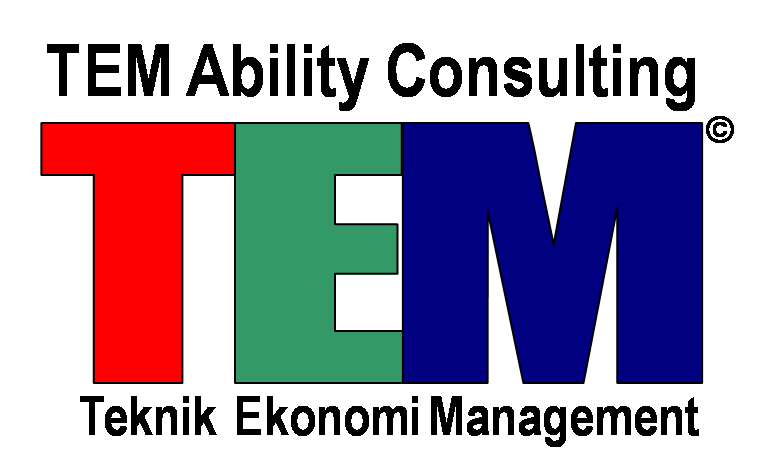|
METHOD

Techniques to implement TPM
Organizations typically pursue the four techniques below to implement TPM. Kaizen events can be used to focus organizational attention on implementing these techniques.
- Efficient Equipment: The best way to increase equipment efficiency is to identify the losses, among the six described above, that are hindering performance. To measure overall equipment effectiveness, a TPM index, Overall Equipment Effectiveness (OEE) is used. OEE is calculated by multiplying (each as a percentage), overall equipment availability, performance and product quality rate. With these figures, the amount of time spent on each of the six big losses, and where most attention needs to be focused, can be determined. It is estimated that most companies can realize a 15-25 percent increase in equipment efficiency rates within three years of adopting TPM.
- Effective Maintenance: Thorough and routine maintenance is a critical aspect of TPM. First and foremost, TPM trains equipment operators to play a key role in preventive maintenance by carrying out "autonomous maintenance" on a daily basis. Typical daily activities include precision checks, lubrication, parts replacement, simple repairs, and abnormality detection. Workers are also encouraged to conduct corrective maintenance, designed to further keep equipment from breaking down, and to facilitate inspection, repair and use. Corrective maintenance includes recording the results of daily inspections, and regularly considering and submitting maintenance improvement ideas.
- Mistake-Proofing: Known as poka-yoke1 in lean manufacturing contexts, mistake-proofing is the application of simple "fail-safing" mechanisms designed to make mistakes impossible or at least easy to detect and correct. Poka-yoke devices fall into two major categories: prevention and detection.
• A prevention device is one that makes it impossible for a machine or machine operator to make a mistake. For example, many automobiles have "shift locks" that prevent a driver from shifting into reverse unless their foot is on the brake.
• A detection device signals the user when a mistake has been made, so that the user can quickly correct the problem. In automobiles, a detection device might be a warning buzzer indicating that keys have been inadvertently left in the ignition.
- Safety Management: The fundamental principle behind TMP safety and environmental management activities is addressing potentially dangerous conditions and activities before they cause accidents, damage, and unanticipated costs. Like maintenance, safety activities under TPM are to be carried out continuously and systematically. Focus areas include;
• The development of safety checklists (e.g., to detect leaks, unusual equipment vibration, or static electricity)
• The standardization of operations (e.g., materials handling and transport, use of protective clothing, etc.)
• And coordinating nonrepetitive maintenance tasks (e.g., especially those involving electrical hazards, toxic substances, open flames, etc.).
In many cases, equipment can be modified to minimize the likelihood of equipment malfunction and upset conditions.
Back
|
Sven Johansson

Anyone who has never made a mistake has never tried anything new | |